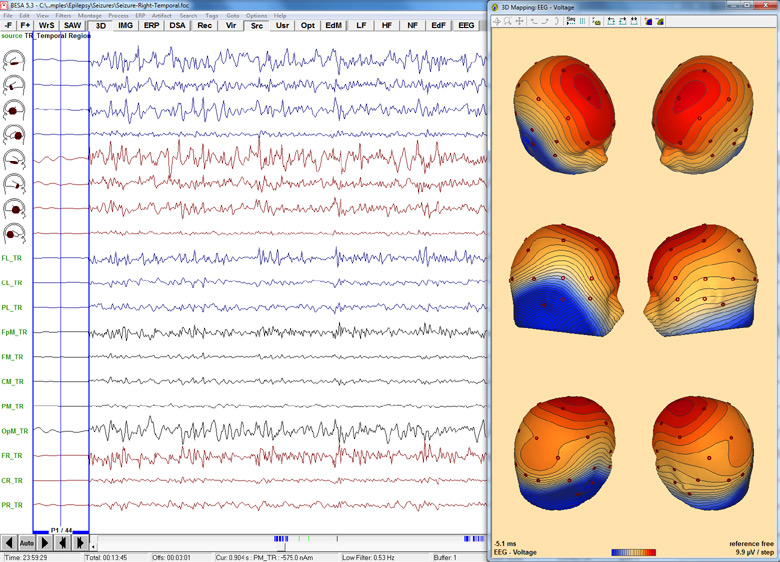Enim tempor eget pharetra facilisis sed maecenas adipiscing. Eu leo molestie vel, ornare non id blandit netus.




BESA Research
Choose the best signal processing for your EEG and MEG data
BESA Research is a highly versatile and user-friendly Windows program with optimized tools and scripts to pre process raw or averaged data for source analysis and connectivity analysis. All important aspects of source analysis and source imaging are displayed in one window for immediate selection of a wide range of tools. The same holds true for the source coherence / time-frequency module, and other analysis windows. BESA Research provides fast and easy hypothesis testing, a variety of source analysis algorithms including cortical imaging and volume imaging methods, integration with MRI and fMRI, age-appropriate template head models (FEM) as well as the possibility to import individual head models (BEM and / or FEM) generated by BESA MRI.
BESA MRI
BESA MRI is software to generate individual head models (BEM / FEM) that can be used for EEG and / or MEG source analysis. BESA MRI also allows co-registration of EEG / MEG data with individual MRI data, and visualization of dipole solutions generated in BESA Research in the individual anatomy. BESA MRI is the first software that offers an easy, intuitive interface with an integrated workflow guiding the user step-by-step
BESA Simulator
Create your own evoked and induced data
BESA Simulator is the perfect tool for simulating evoked and induced brain activity. This free software developed by Patrick Berg allows you to place your sources in the brain, assign them a time-course and save your data with an electrode layout of your choice. You can simulate average data or raw data choosing your own real dataset for overlaying the modelled activity. This allows simulating induced data, as well as evoked data. Use the simulated data to examine your source or coherence analysis techniques.
BESA Connectivity
BESA Connectivity provides optimized, user-guided workflows for time-frequency and connectivity analysis of EEG/MEG data. Multiple well-established methods are provided. They were optimized for stream-lined performance that yields results for multiple combinations of input data types, time-frequency methods, and connectivity measures.